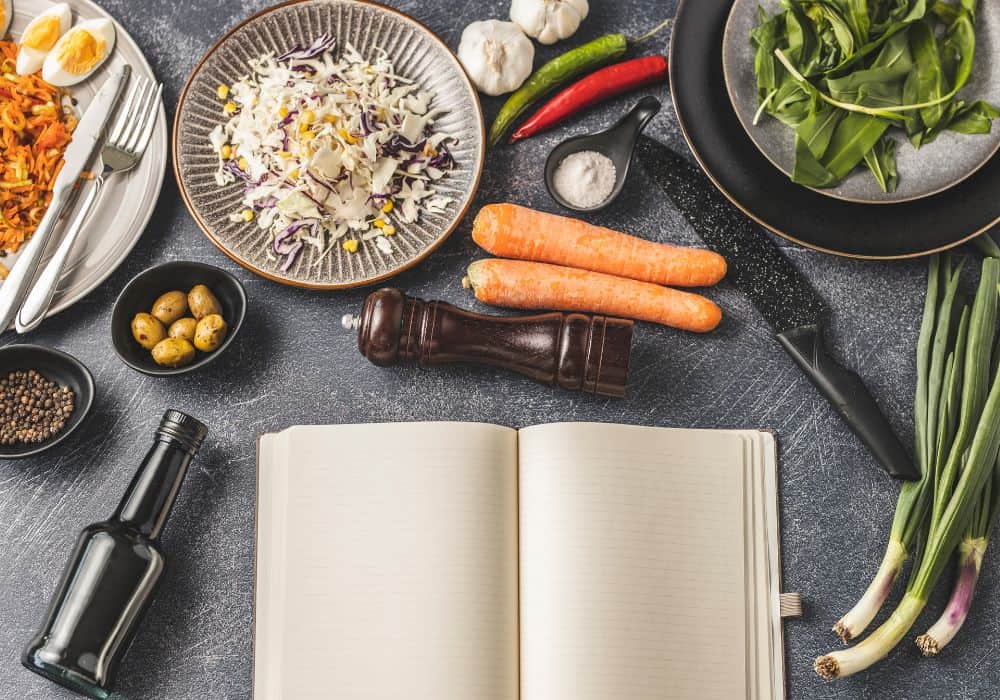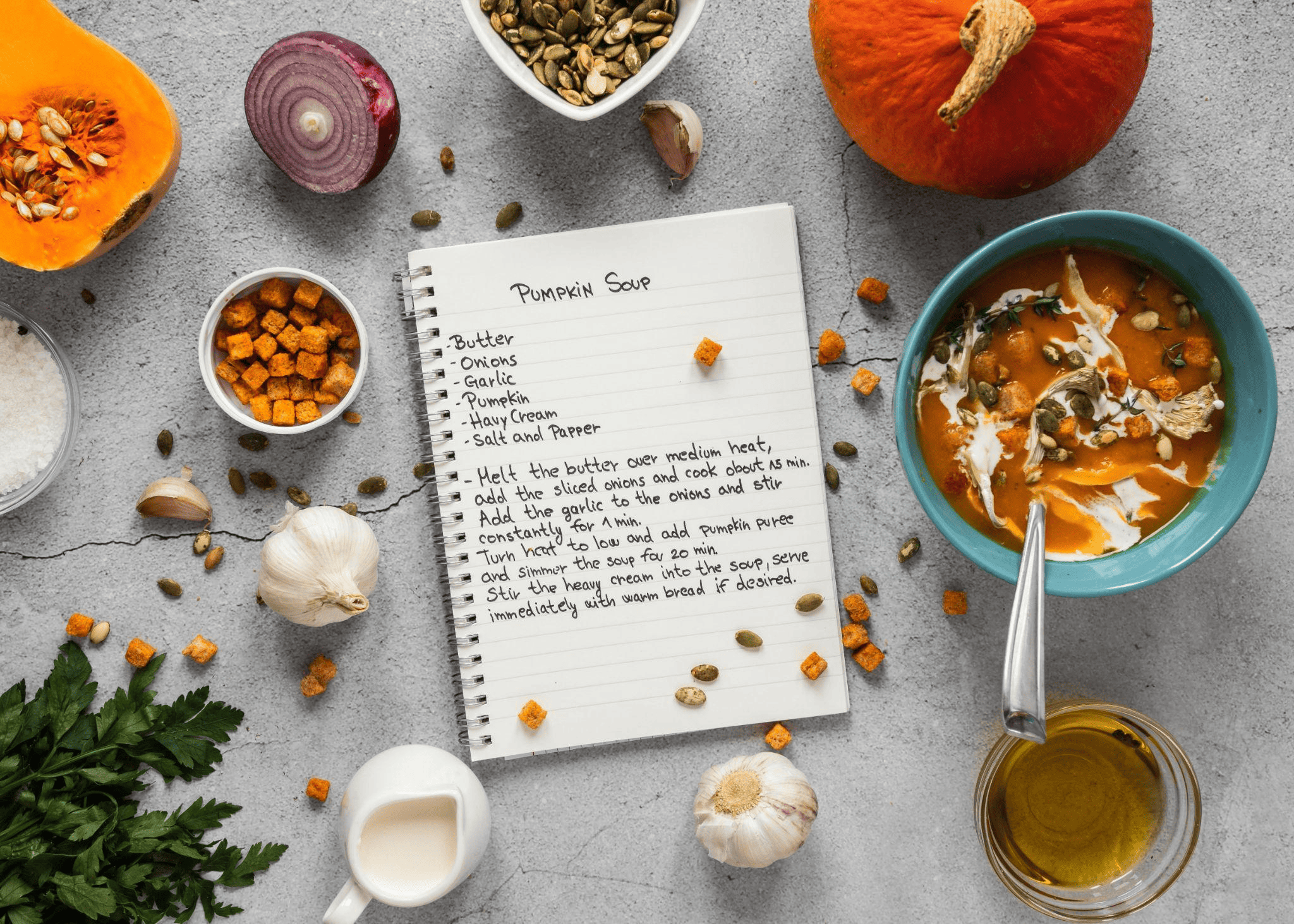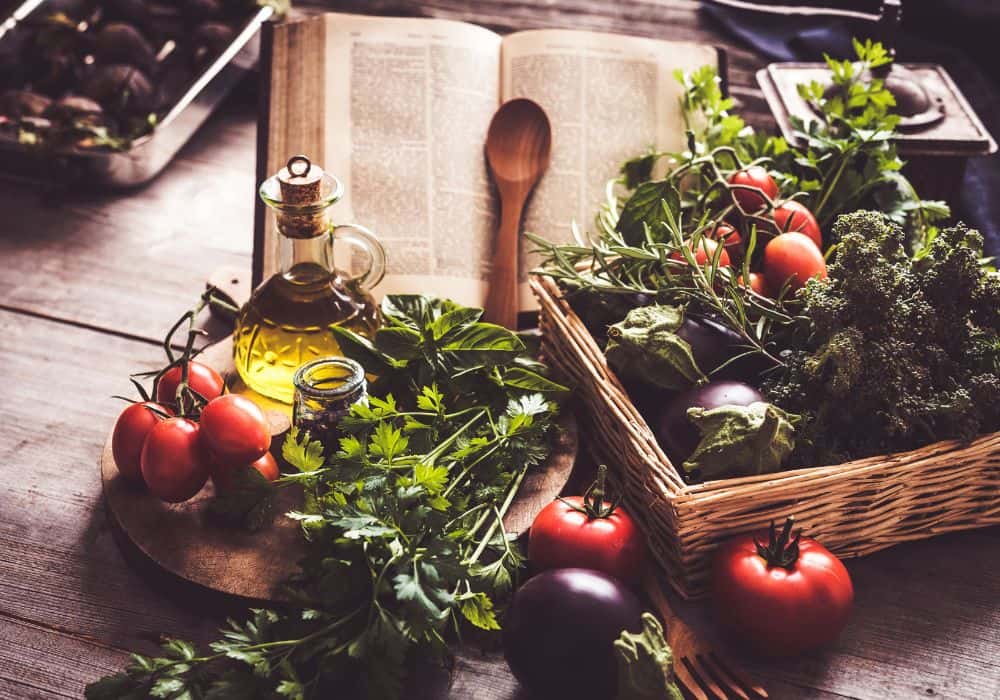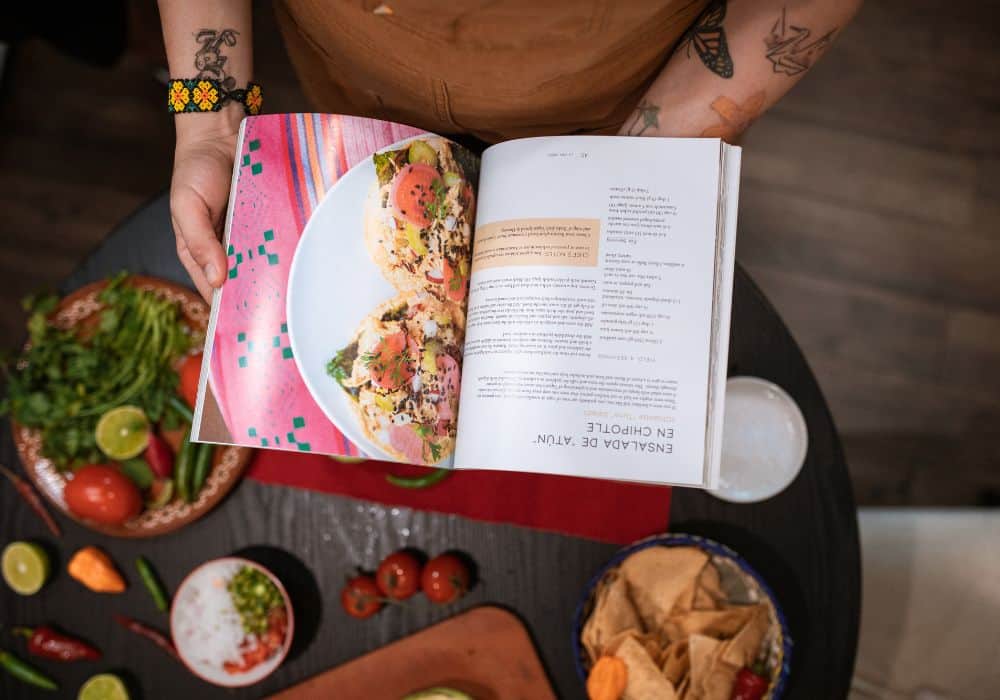
Surely, you have a notebook with recipes for your favorite dishes. Have you ever thought about creating your own cookbook? This article will “tell you” how to write a cookbook: how not to make a mistake with the concept, and think over the structure, design, and illustrative component of your future culinary bestseller!
Food and drink is one of the most popular non-fiction genres. People will always buy a cookbook. If you’re dreaming of a perfect cookbook: preheat your oven, gather your ingredients, and grab a pen. However, even if you cook well, that doesn’t mean that you will be able to write down this process correctly. If you are not sure about your writing skills, it is better to get help from a writing service. In case you don’t want them to write a cookbook for you, you can ask their editors to check whether it is written correctly without any shortcomings.
The cookbook concept: a reader’s guide.
The first thing to do is determine what kind of cookbook you want to write: who will be your target reader, and what concept will combine the recipes. In this question, you can focus on the following parameters:
- national cuisine (“Japanese Cuisine Dishes”)
- dietary nutrition (“Recipes for dishes for diabetics”)
- type of products (“100 potato dishes”)
- cooking time (“Dinner in 15 minutes”)
- religion (“Lenten dishes,” “Buddhist cuisine”)
- cooking method(“50 grilled dishes”)
- holidays (“Dishes on the New Year’s Table”)
- lack of components (“Baking without eggs”)
- the cost of the dish (“Cheap and tasty”).
These are just some of the options. When choosing the overall concept of a cookbook, it is important to focus on your own preferences, skill, and experience. Let’s say you like to cook French cuisine; concentrate on this topic. The key point: you have to choose a single topic. Only in this case, your creation will turn out to be whole, and it will be easy to promote it.
You need to know who your readers are in order to figure out how to write a cookbook to sell to them. But how do you define your target audience? An ideal reader profile is an integral part of being able to write an interesting cookbook.
We suggest starting with a few questions:
- How good are they at cooking?
- Where do they buy food?
- What kind of food do they like?
- What can push them away?
- How willing are they to take risks?
The structure of the future cookbook.
Your future cookbook may have the following structure:
- Introduction. Here it is worth prescribing for whom the publication is intended and what its peculiarity is. The introduction sets the tone for the entire book. If it contains simple and quick recipes or complex and laborious ones, this must be said in the introduction.
- Equipment. The section includes a list of kitchen appliances and gadgets that are preferable to have for cooking. It is good if you offer the reader an alternative in the absence of a certain type of equipment in their kitchen.
- Products. This is the place to post tips on choosing and storing products.
- Recipes. They will be divided into thematic chapters, for example, cold appetizers, soups, hot dishes, desserts, etc. It is better to attach a short introductory article to each chapter.
- Alphabetical index and table of contents. This needs no explanation.
Attention! The following proposal will not be to everyone’s liking and can be ignored. Some part of the introduction of the book is devoted to the biography of the author. Here we need specific facts: tell the reader how you started cooking, and tell about your qualifications. A third-person bio will feel more professional, but your first-person bio will feel warmer and more soulful. Again, focus on the target audience!
Here you can place your portrait. Some authors prefer to put a photo on the cover of a book. If a photographer takes a picture of you in the kitchen preparing a dish, it will give the publication credibility.
How to format a cookbook?
In a good cookbook, everything should be formatted “deliciously.” Most obviously, your publication should contain many illustrations. Without colorful, juicy pictures, the publication will lose 80% of its value.
The second point: the recipe book should have color pages, black and white background is excluded. It doesn’t look delicious, does it?
When choosing a book cover, keep in mind that the cookbook will be used daily. They will often flip through it – it will be a shame if, after a month of use, the book loses its presentation. Take care of the strength of the cover (the preferred paper weight per block is 100g/m2).
Not too budgetary, but a winning option is to develop an individual design for the book cover. The center of attention may be the photo of the author or the photo of an appetizing dish. Here you can (and should) put a spectacular title.
Formatting recipes in a cookbook
If you manage to arrange your recipes in a cookbook that is not only appetizing but technically correct, then those who try to repeat your stunning masterpieces will not have unnecessary questions.
In the process of formatting recipes, try to follow a few simple tips:
- Consider the chronology of the reader’s actions. Here it is important to combine several actions into one or, on the contrary, “detail” a complex process into parts for the sake of user convenience.
- Consider the reader’s skill level. If your task is to describe the process of preparing a complex dish for a professional, it is not at all necessary to go into details; it is fair to miss some details. When it comes to a simple recipe for a beginner, it is better to describe the process in as much detail as possible.
- Don’t forget the photo. Each action prescribed in the recipe should be supported by a photo. The image of the finished dish is placed at the very beginning of the recipe.
- List the required ingredients. Opposite each component, pieces, grams, liters, glasses, spoons, etc., should be written. It would be useful to point out to the reader an analog that can replace any of the products. Do not write the ingredients in a line: this format of information is inconvenient.
- Help the reader. Offer the user a couple of tips on choosing a product. If you know where to find one or another rare ingredient, indicate the store where you can find it, and do not forget to write down the address.
- More additional information! Write down how many servings they can cook from the proposed number of products. Specify the calorie content of the dish in finished form. If you are aware of other cooking options or the origin of the dish, write here about it.
Obviously, not all of the above items in the recipe are mandatory, but the more complete the information about the culinary masterpiece, the better for the reader and you.


